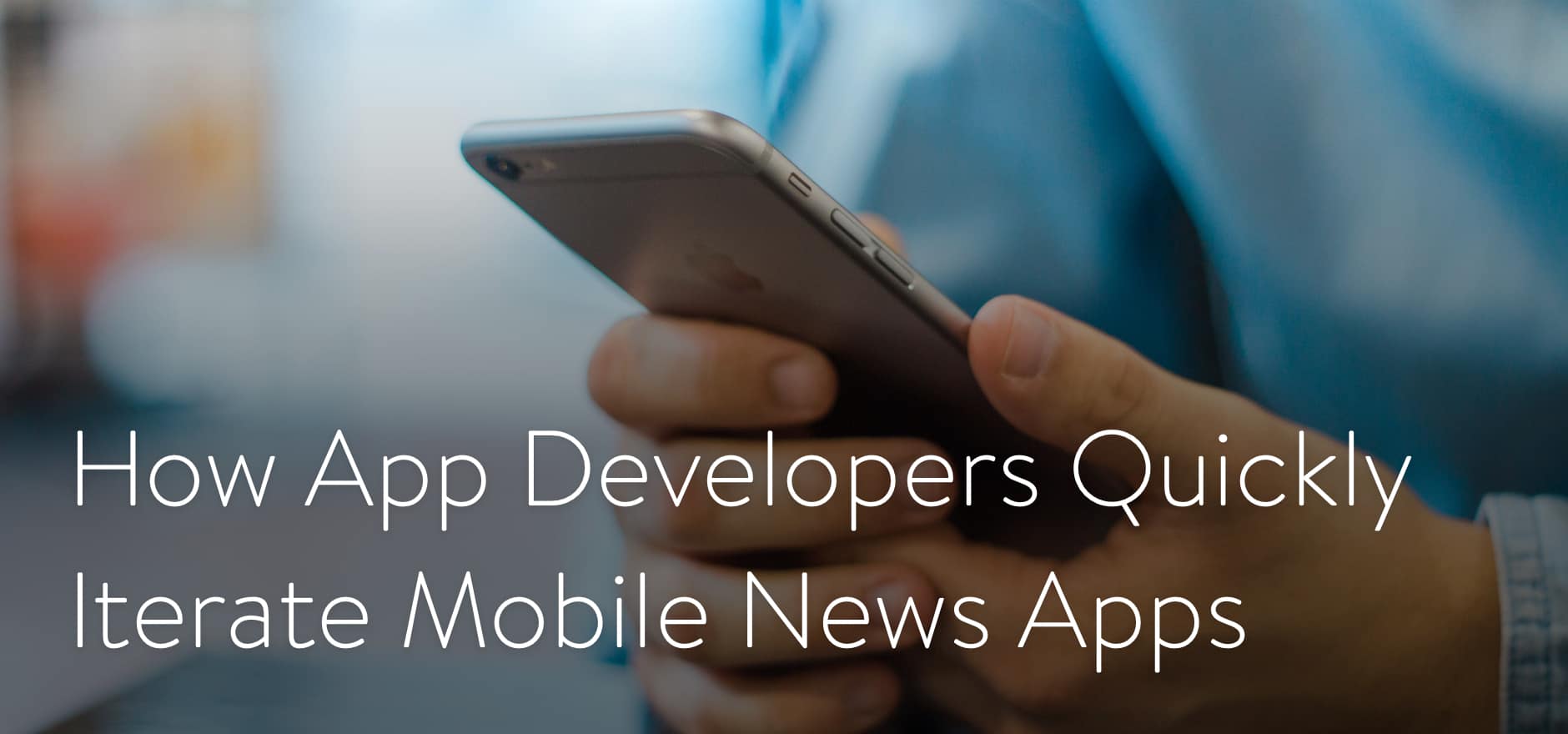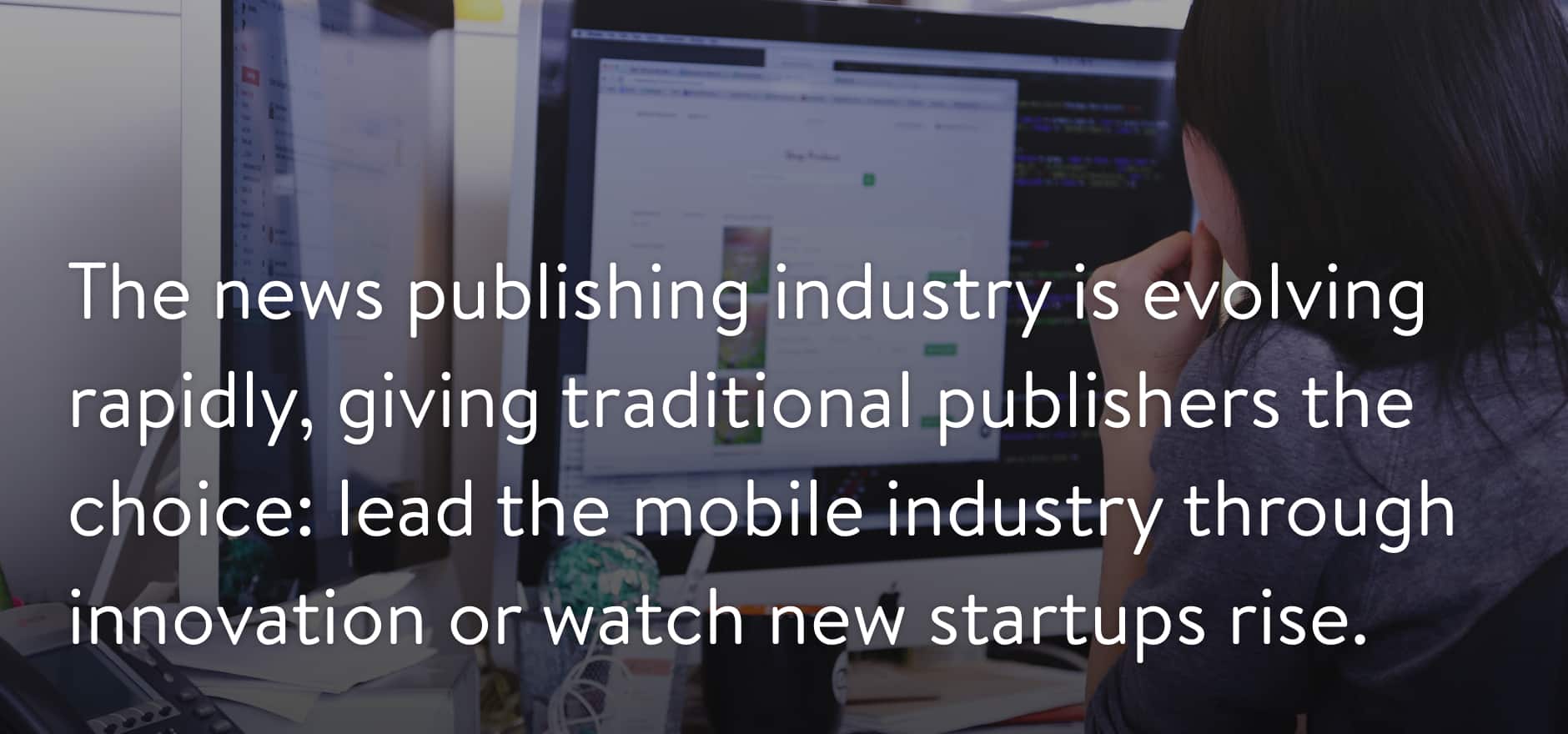
Integrating simple yet powerful user feedback features allows publishers to collaborate with customers in much more effective ways. It can make product iteration 10x more efficient and effective.
Adopting custom research and development practices allows larger teams to respond to change, iterate more quickly and with fewer headaches. Designers working in these environments are using mobile prototyping tools to iterate more quickly, while allowing them to communicate their ideas in a more collaborative way with stakeholders.
This post outlines these and several other ways publishers are iterating their digital and mobile product offerings more quickly than ever before.
Customer Feedback
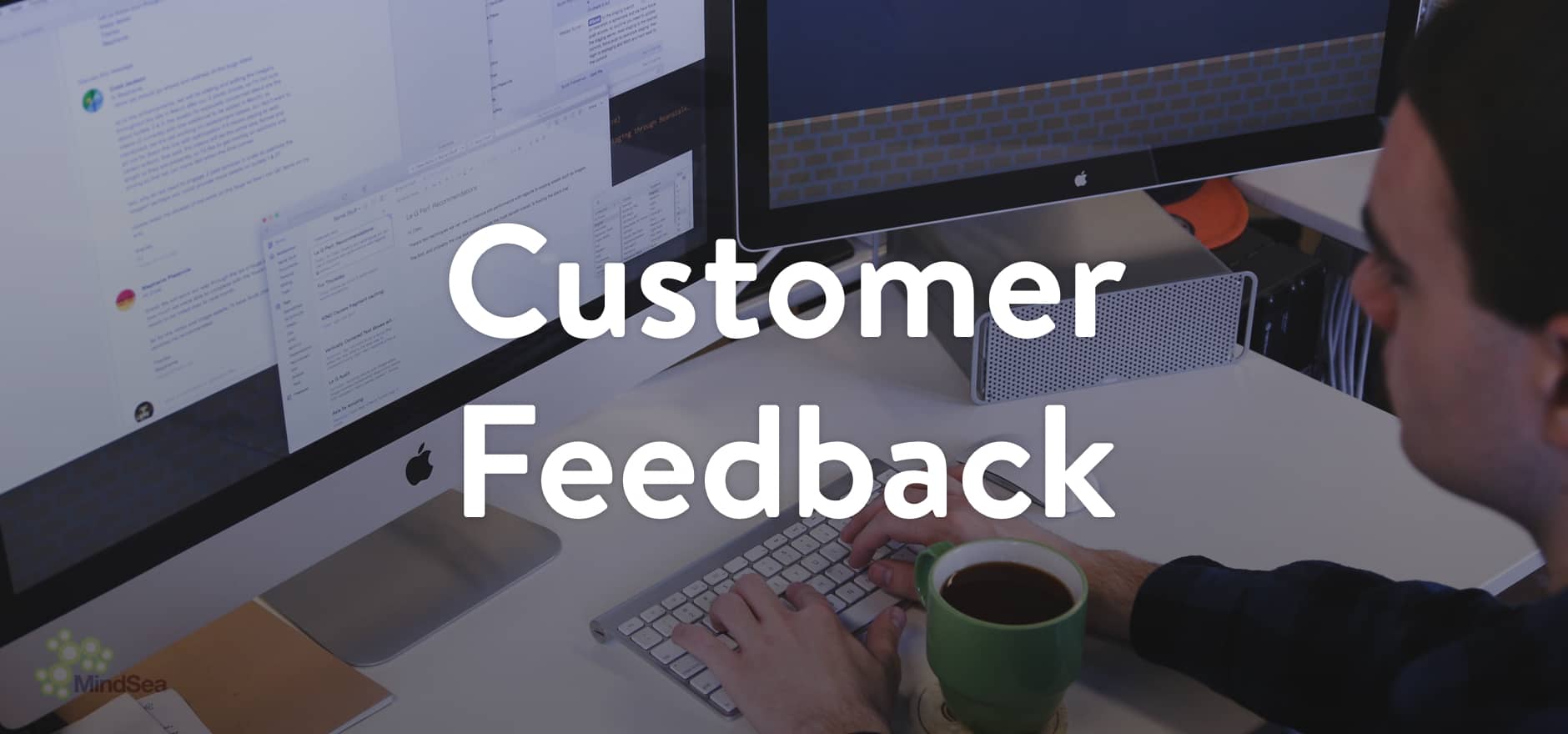
We can learn a lot from analytics and later in this article we’ll discuss the complementary role analytics shares with having open dialogue with your readers. But first we are going to focus on a more traditional approach of feedback used to better understand the customer experience; an approach that modern technology has made much more effective. We’re talking about direct conversation.
Having a direct conversation with your readers can be extremely rewarding for both parties. Readers feel valued when their voice is heard and they see change because of it.
We’ve used tools such as Zendesk, Intercom and Helpshift to connect with users. These tools allow us to empathize and to understand peoples pain points, deflecting negative reviews from the app store by funnelling them through a support system. If you haven’t integrated support yet, look to the providers we’ve mentioned as a start.
When did you last quickly respond to change by taking action on customer feedback?
A/B Test Notifications
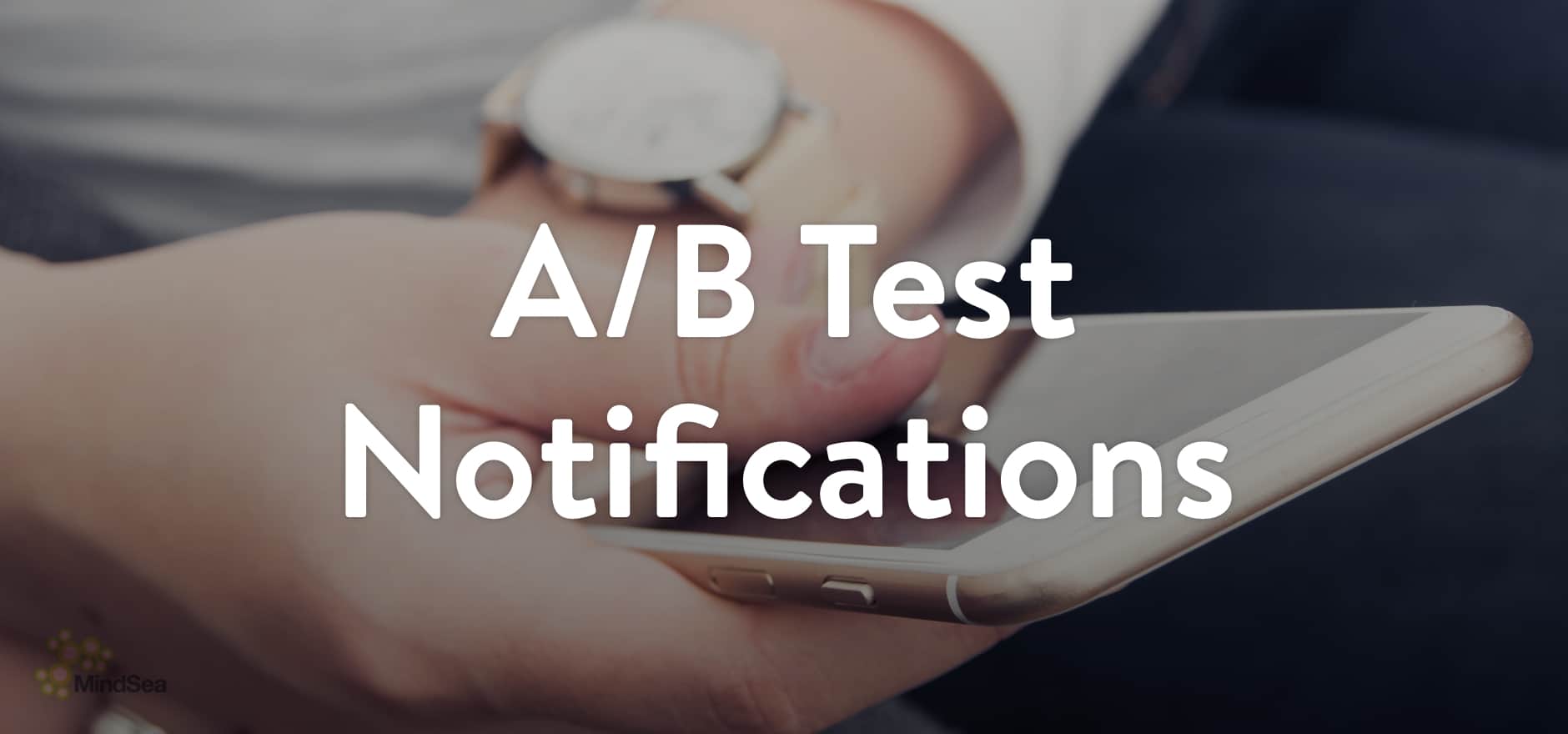
We know that notifications can be used to successfully re-engage an audience, but they can also be an extremely powerful tool that provides great insight into the interests of your readership.
You might be wondering, but how do notifications allow me to iterate my product offering more quickly? Notifications are interactive and a lot of valuable information can be gleaned from that interaction data. Notification analytics providers such as Mixpanel can quickly allow you to A/B test headlines and send recurring notifications based on triggered properties.
Parse, Urban Airship and Mixpanel are just a few of the great service providers that app publishers can use to connect with and re-engage an audience.
What insights have you learned from A/B testing notifications?
Review Analytics
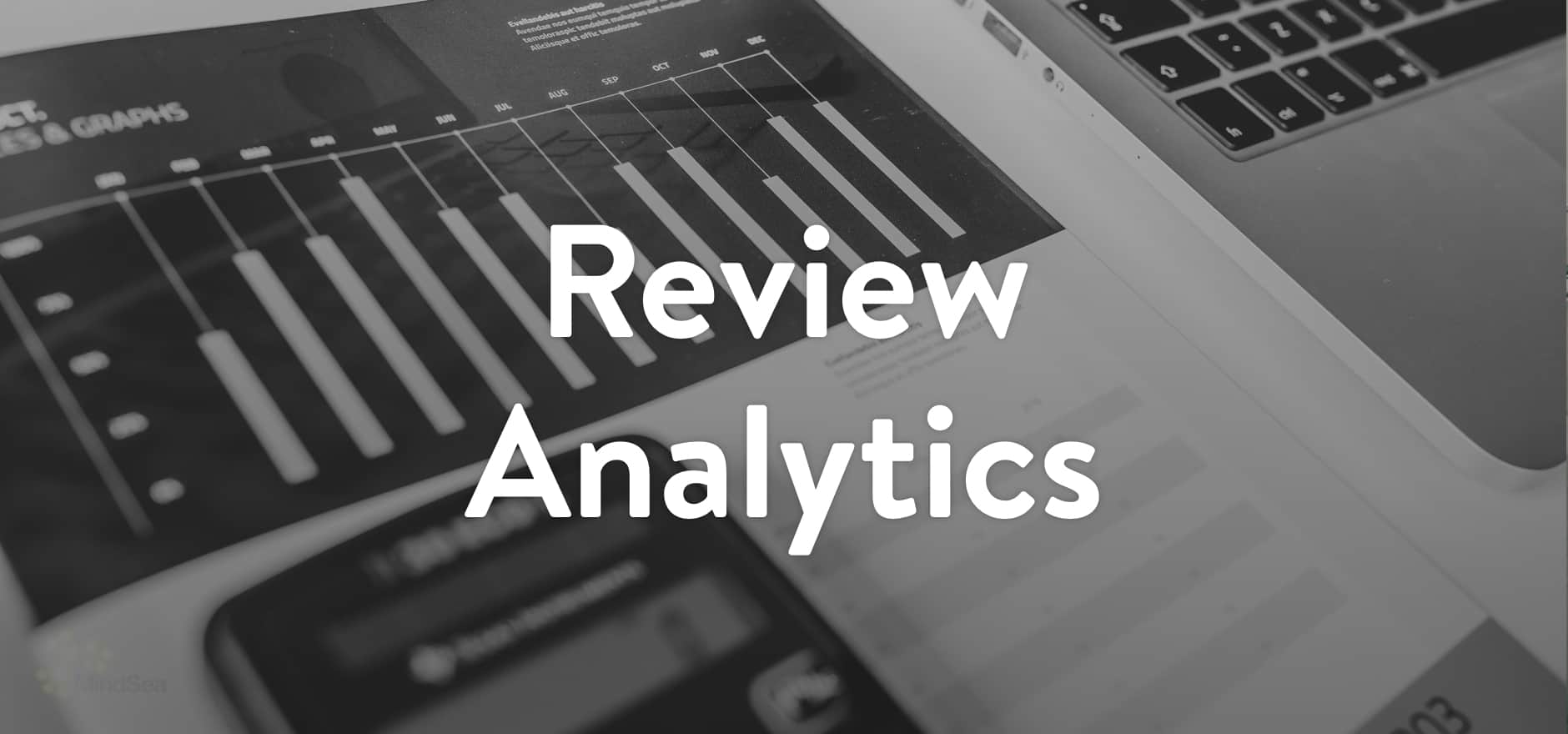
We’ve worked with Mixpanel, Flurry and many other analytics tools to take advantage of the digital playground we find ourselves in today. Analytics allow us see the results of our work much more quickly than in the past. Visual graphs in Flurry and Mixpanel enable us to analyze thousands of interaction data points in a single image, casting a clear light on where we should be focusing next.
These tools allow us to group people based on how they interact with our apps. Segmenting readership is commonly done by grouping people by preferences and engagement. By doing this we can understand how a segment reacts to a new feature or notification. Informed with this data we can make small iterative enhancements and develop new features that people love and engage meaningfully with.
Do you know what metrics drive success for your product?
Collaborative Prototyping

To better collaborate with customers and improve the overall usability of a mobile experience, we will often turn to user testing. We put an interactive prototype of our products in the hands of those who will be using them and then ask for feedback on our prototype.
In the past we’ve used multiple tools to create these prototypes, one in particular that we’ve found to be useful is InVision. Using InVision we can create simple prototypes by creating links between static mocks, as well as doing more complex work refining animation and motion design. InVision also allows publishers to put prototypes in the hands of their audience and get early feedback on the design before any development begins. Doing this saves time and money, and ensures a better experience for everyone.
Participatory design like this will continue to play a large role in shaping modern mobile experiences. Involving those who you are designing for in the process gives you a better chance at creating something that will meet your business objectives and keep your audience happily engaged.
How have prototypes informed your products direction?
Are you staying ahead of today’s rising startups?
If not, how can you operate more efficiently to do so? How can you start more open dialogue with your audience and use their feedback to quickly iterate your product offering?
It isn’t easy for large and traditional print publishers to react as quickly as a smaller startup can. But that doesn’t mean you shouldn’t be doing everything you can to adopt the practices that ensure collaboration with customers in effective ways. Enable yourself to quickly iterate on your audience’s changing needs and continually deliver them an industry leading experience.
